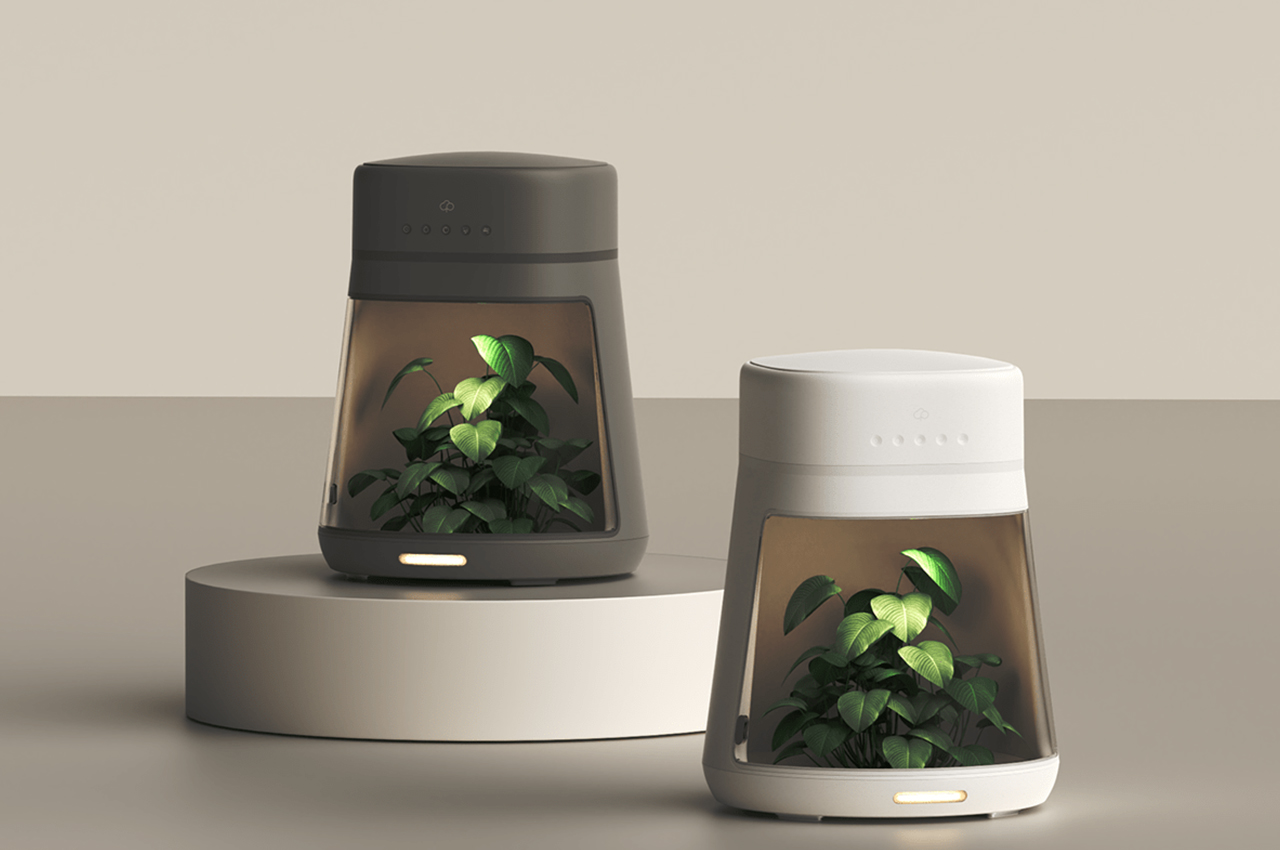
In today’s fast-paced world, where life is often synonymous with perpetual motion, the desire to reconnect with nature and savor the fruits of one’s labor is stronger than ever. The concept of home farming, often romanticized for its therapeutic qualities and the satisfaction of producing your food, appeals to many. However, the hurdles of time and resources have long kept this dream at bay for most. But with Regrow, a groundbreaking innovation, the dream of home farming has been brought closer to reality.
Designer: Haneul kim (Designer dot)
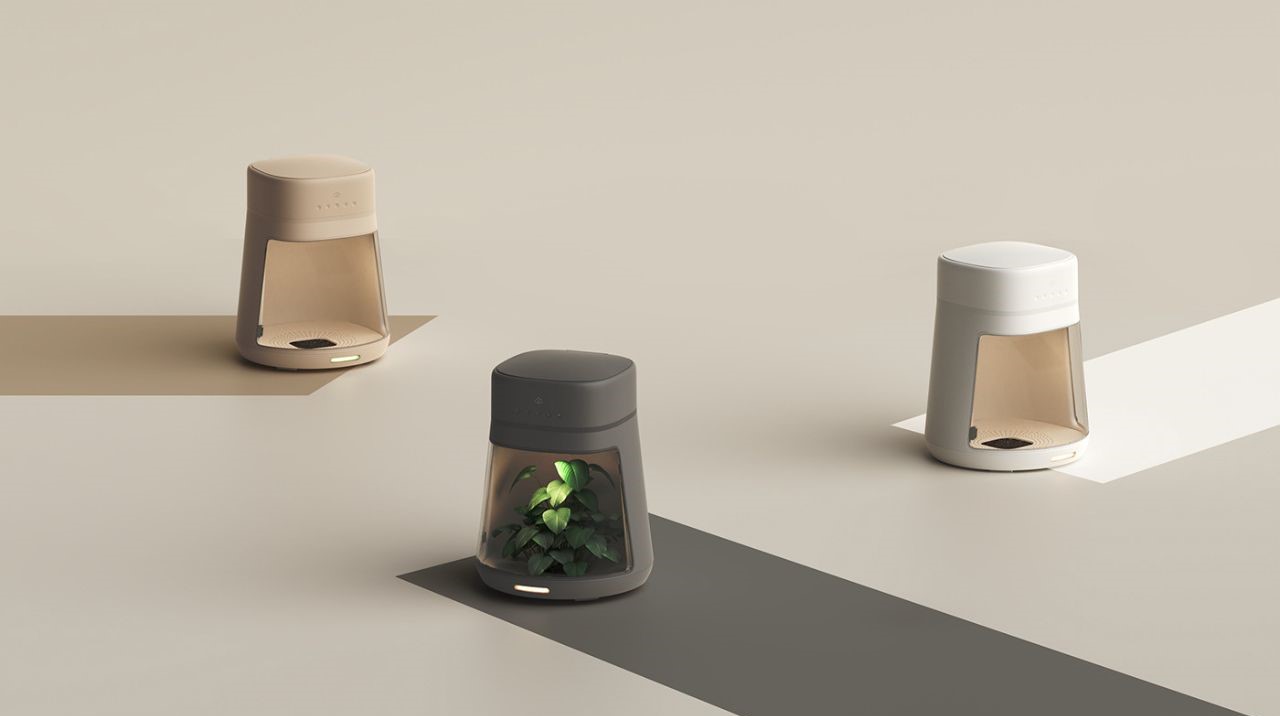
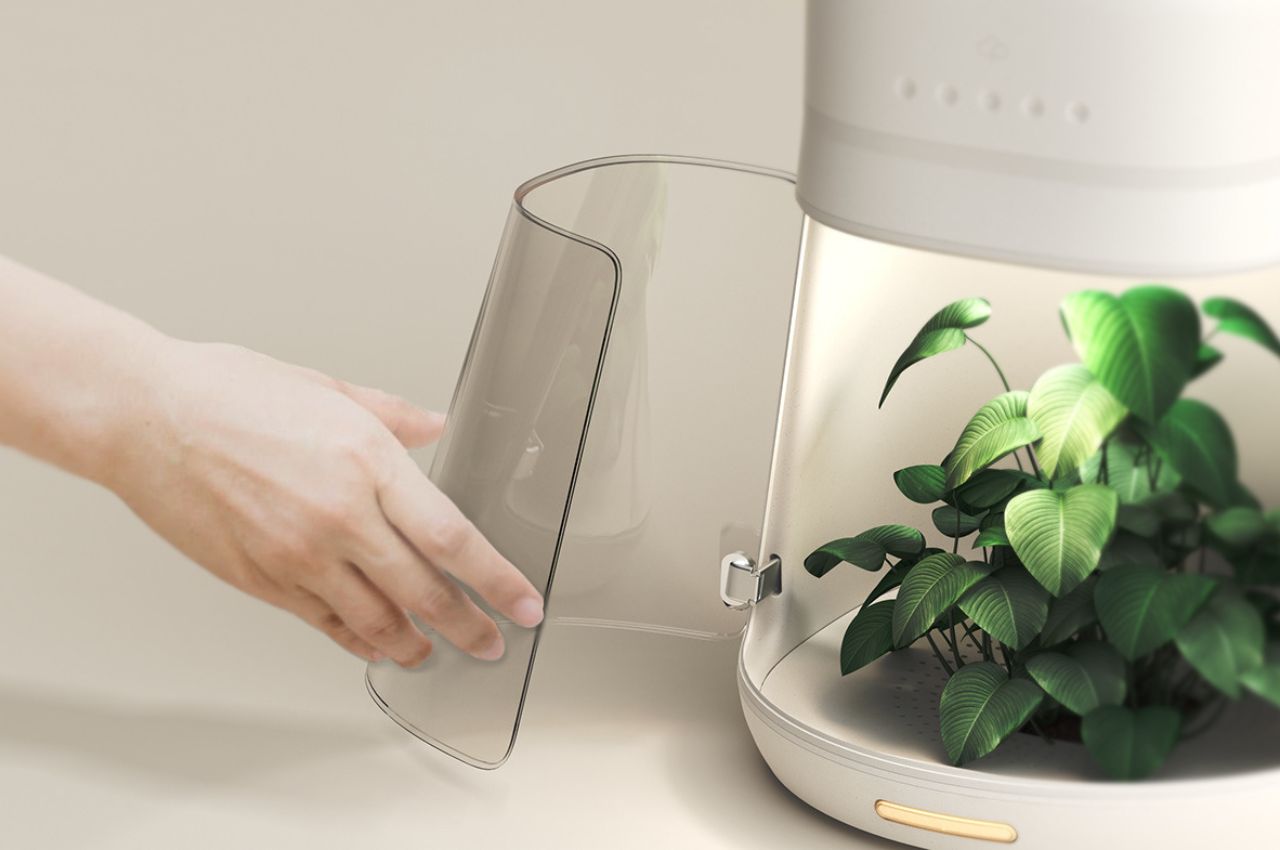
Regrow offers a revolutionary experience for those who are intrigued by the idea of home farming but find it challenging to manage the daily responsibilities and investments it typically demands. This innovative system automatically transforms food scraps into fertile soil and showcases your bountiful crops, all while providing a rewarding, environmentally friendly hobby.
In a society where people yearn for the soothing embrace of home farming, the daily grind often obstructs their path. The daily chores of tending to plants, adjusting soil, and monitoring water levels according to the seasons can be burdensome. It’s no wonder that around 60% of those who initially embark on the journey of home farming give up, with the top two reasons being difficulty managing time and the cost of supplies.
Regrow, recognizing the unique place it occupies in the kitchen, draws inspiration from various kitchen appliances. It brings a new dimension to the concept of home farming. With Regrow, users no longer have to fret over the time constraints of home farming in their busy lives. Instead, they can efficiently care for their plants with an array of features designed for convenient operation.
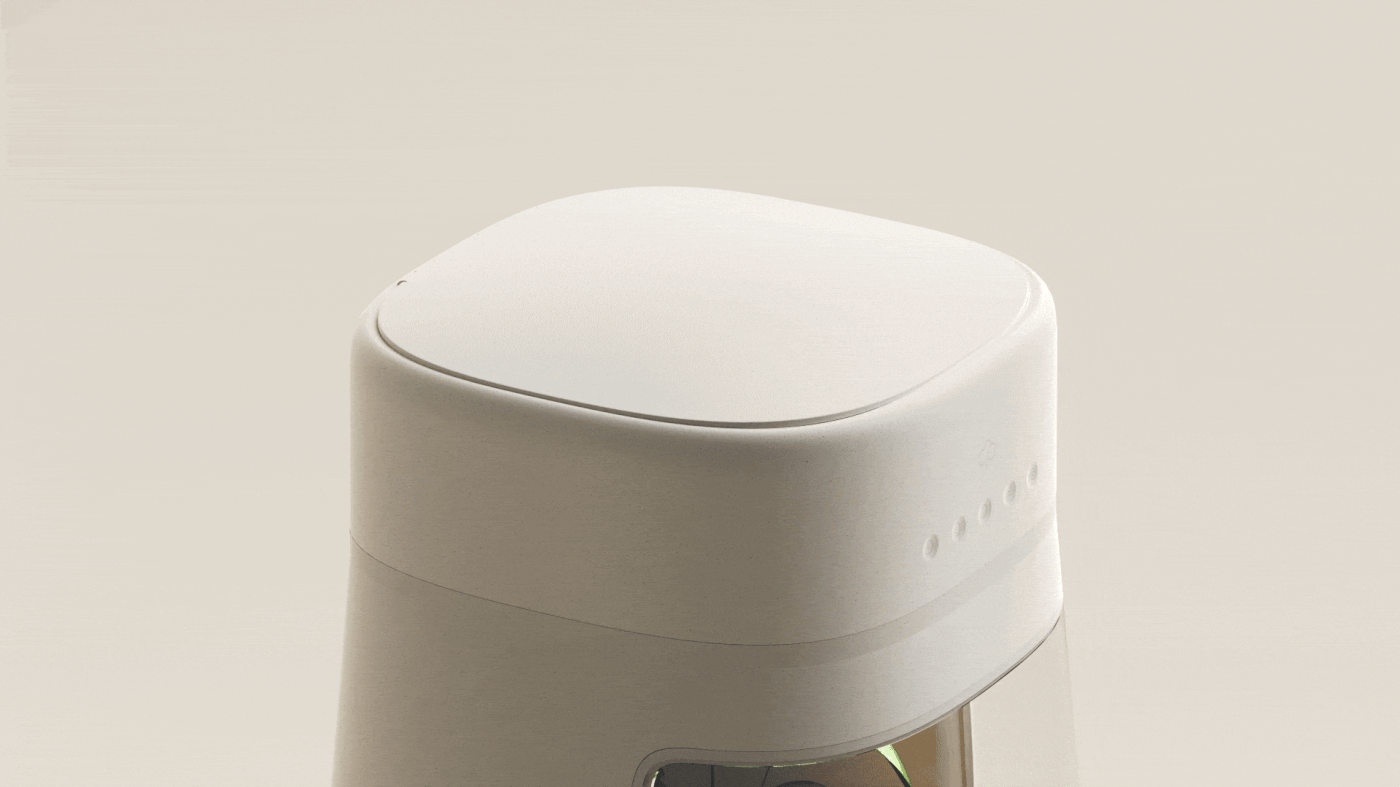

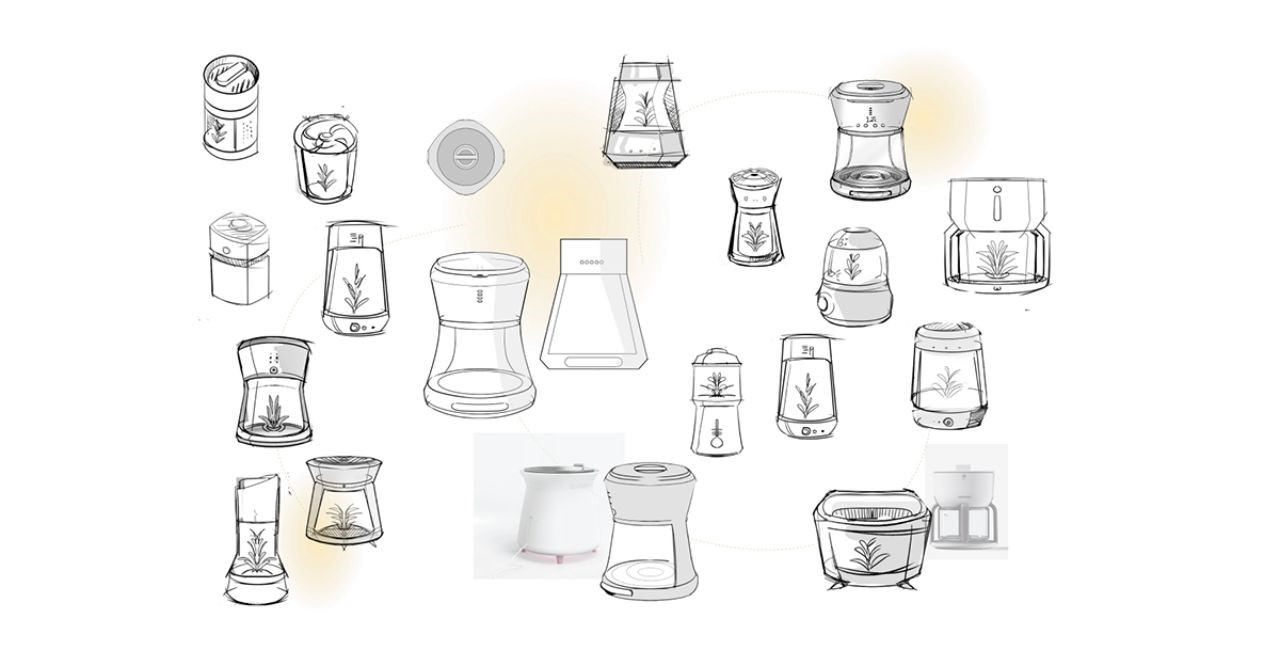
The soil used for cultivating edible plants is primarily recycled compost from food processors. The snug fit of the lid and body keeps unwanted odors from escaping, while the powerful rotation function effectively processes various food scraps. This synergy of recycling and sustainability sets Regrow apart.
Regrow is designed to be user-friendly with just five simple buttons. Users can schedule tasks via the dedicated mobile application for quick use or even operate it remotely. The glass door on the front can be easily opened for harvesting edible plants, making the whole process incredibly convenient.
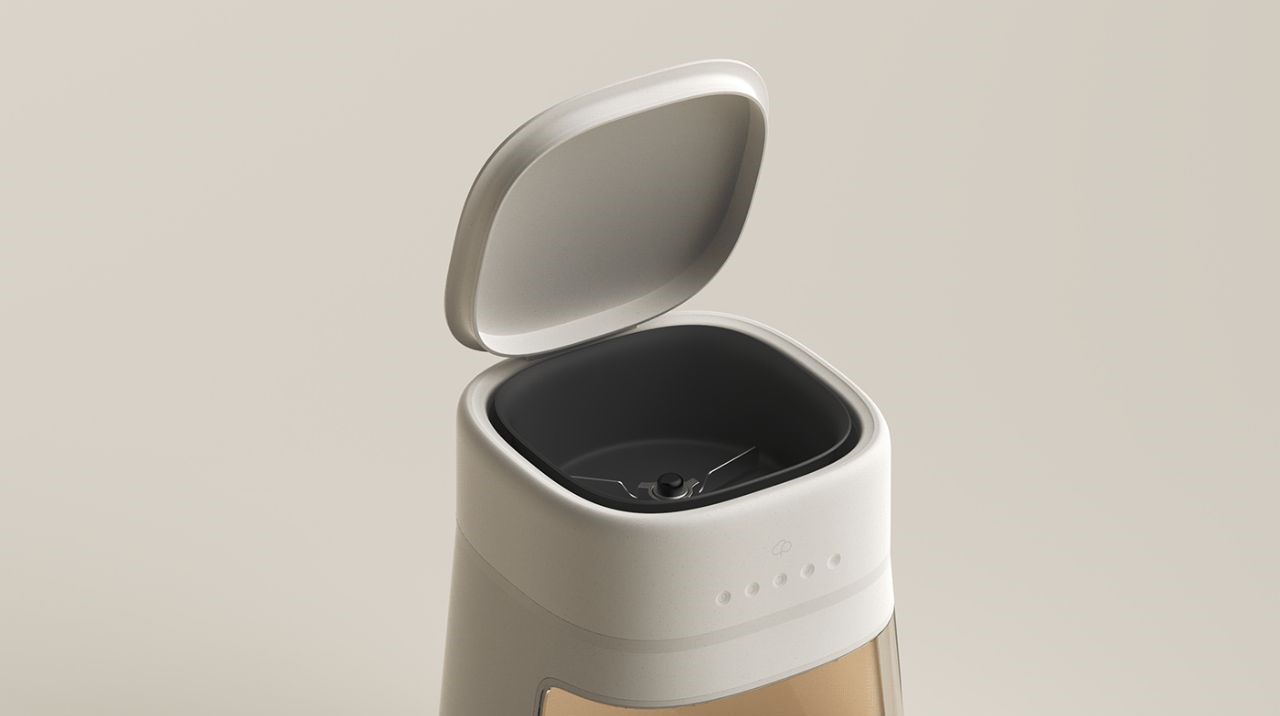
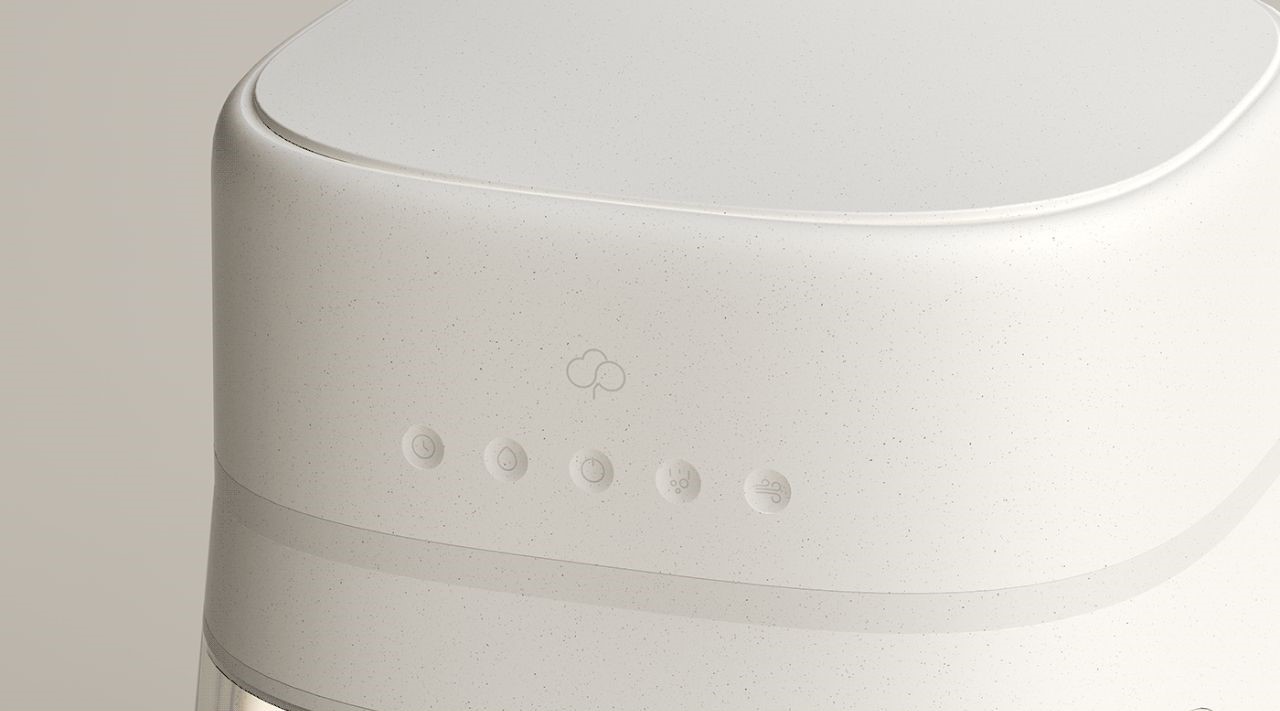


One of Regrow’s unique features is its hole bottoms, which facilitate the flow of soil and compost. The compost generated by the top food processor automatically moves to the bottom through a rotary grinder. If users prefer to use water instead of compost, they can open the top lid to add water. This combination of features ensures that users can effortlessly maintain their edible plants, promoting their health and sustainability with minimal effort.

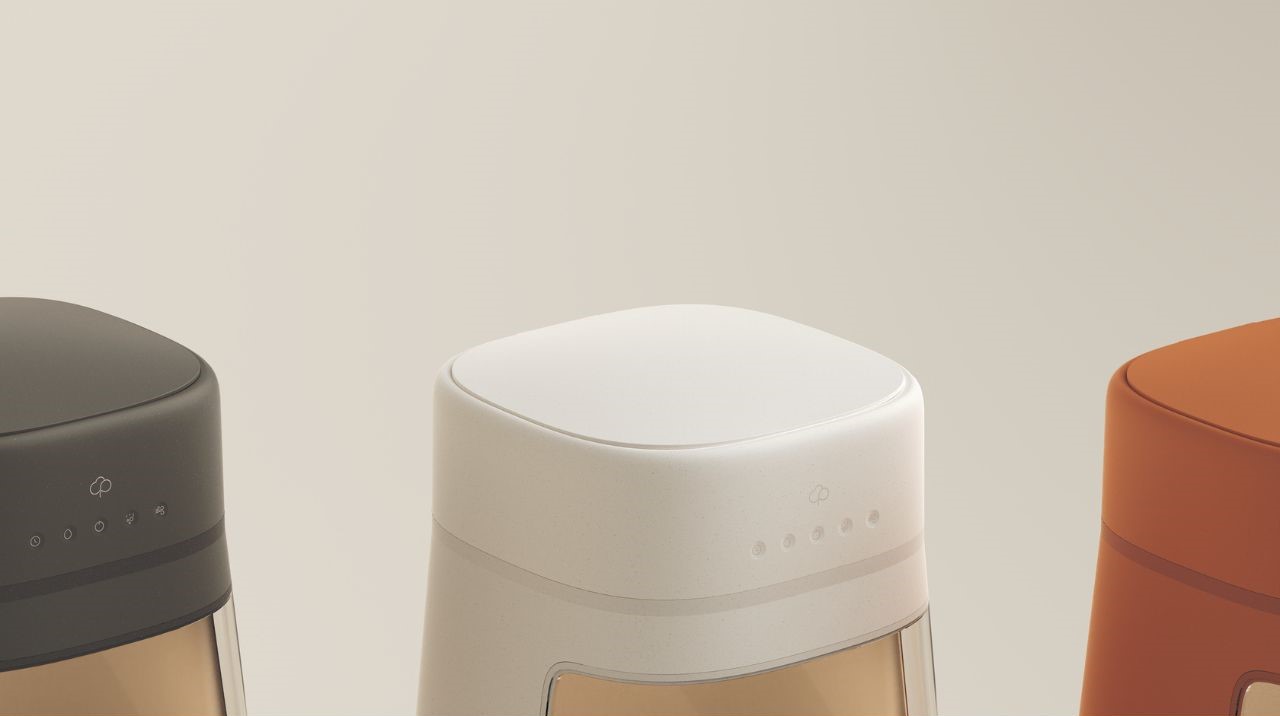
Regrow incorporates a bottom LED bar that provides users with invaluable insights into the needs of their edible plants. It changes color to indicate when watering is required, when soil adjustments are necessary when it’s time to clean food waste, or when the system is circulating. This intuitive feedback mechanism ensures that users can take timely and appropriate actions to ensure their plants thrive, enhancing the overall home farming experience.
In conclusion, Regrow offers an all-in-one solution to the common barriers of home farming, making it accessible and enjoyable for everyone. With its innovative technology, sustainable practices, and user-friendly design, it not only simplifies the process of home farming but also promotes a greener, more self-sufficient lifestyle. Regrow brings the joy and fulfillment of home farming within the reach of all, revolutionizing the way we connect with the earth and harvest the goodness it provides.

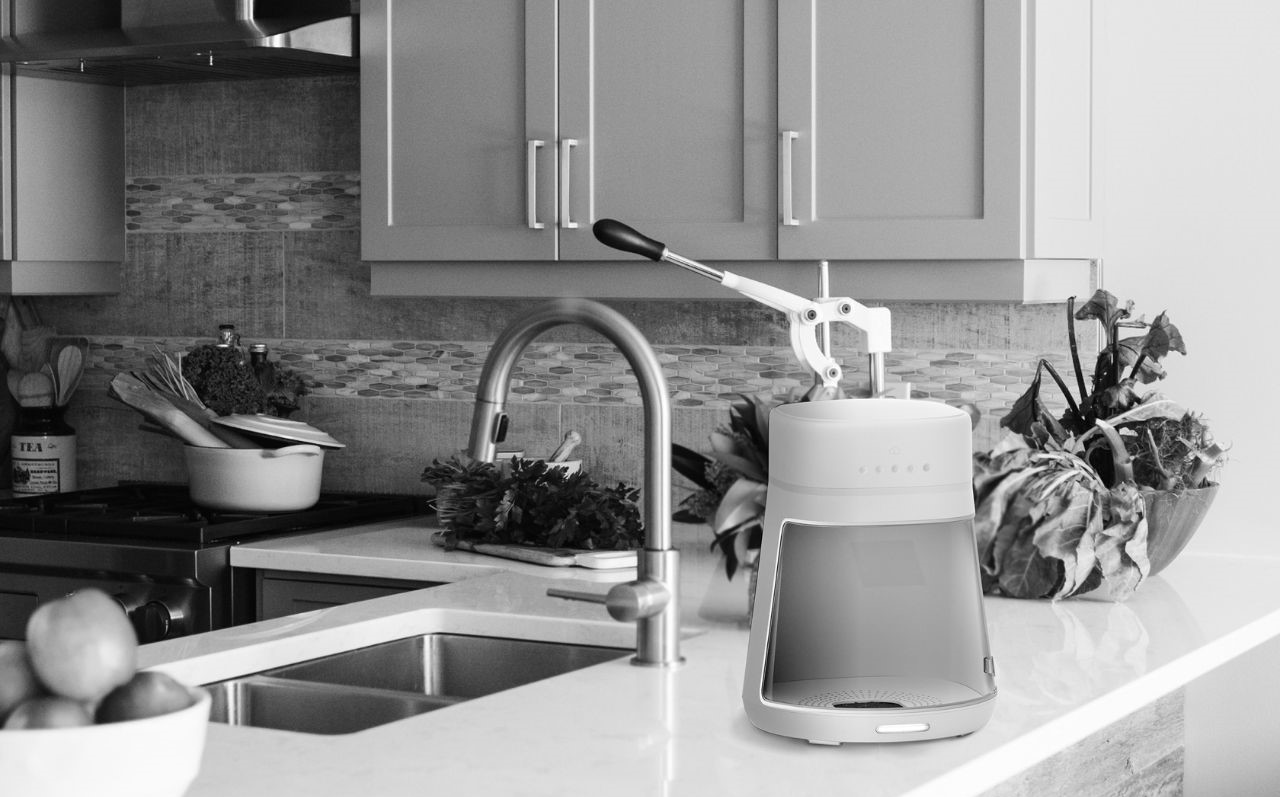

The post Find Your Therapy in Home Farming and Consuming Your Own Produce first appeared on Yanko Design.